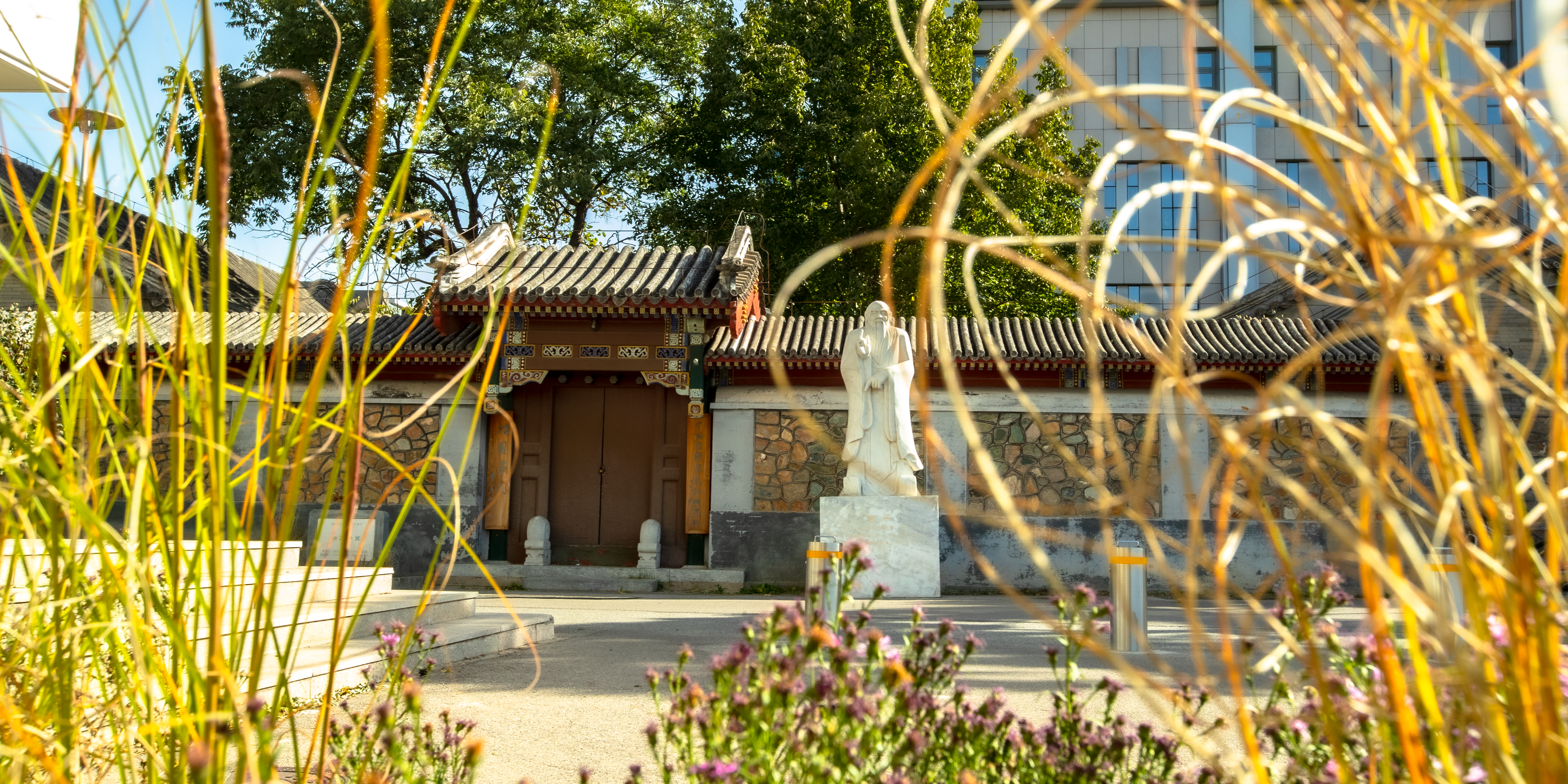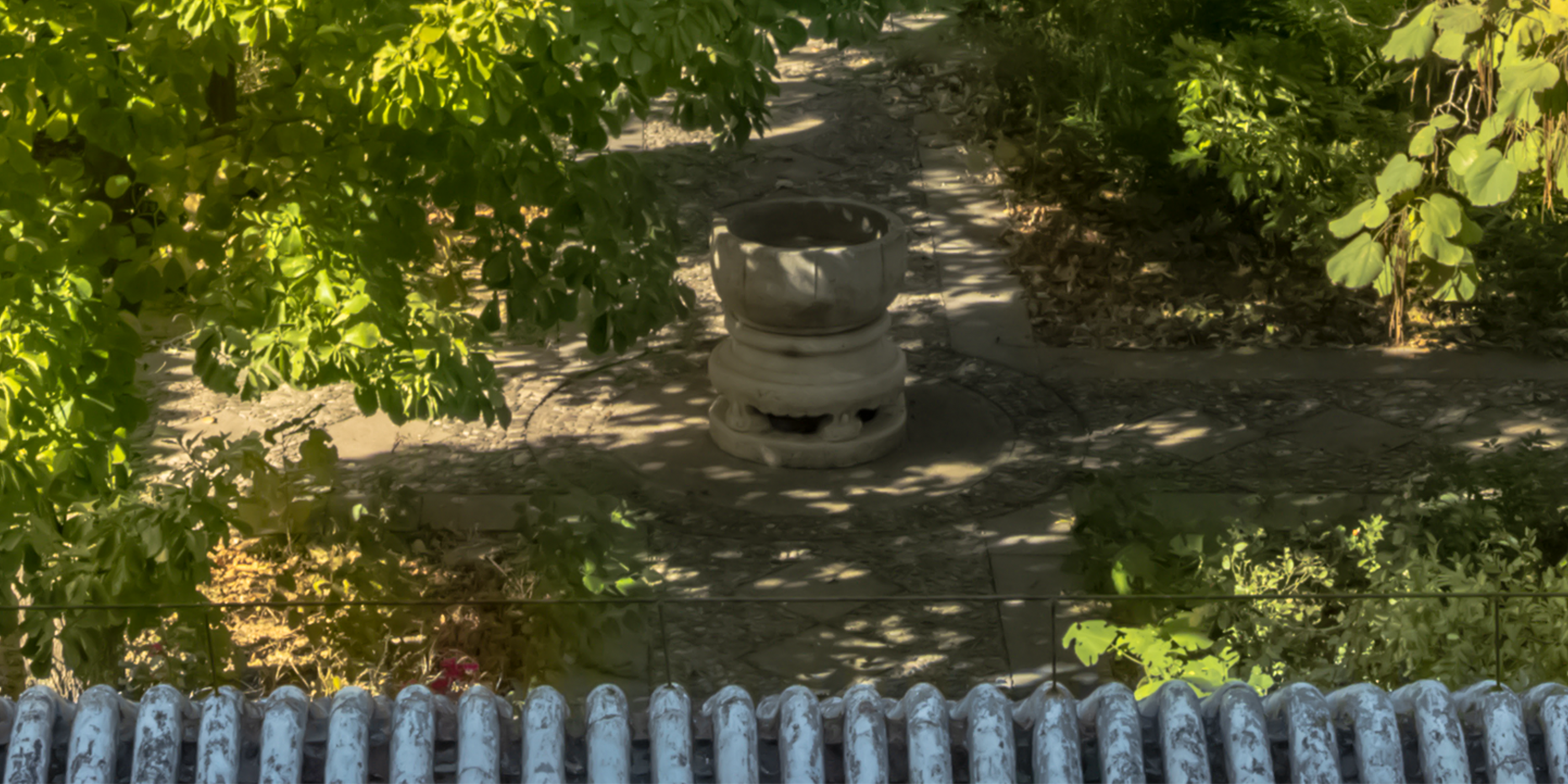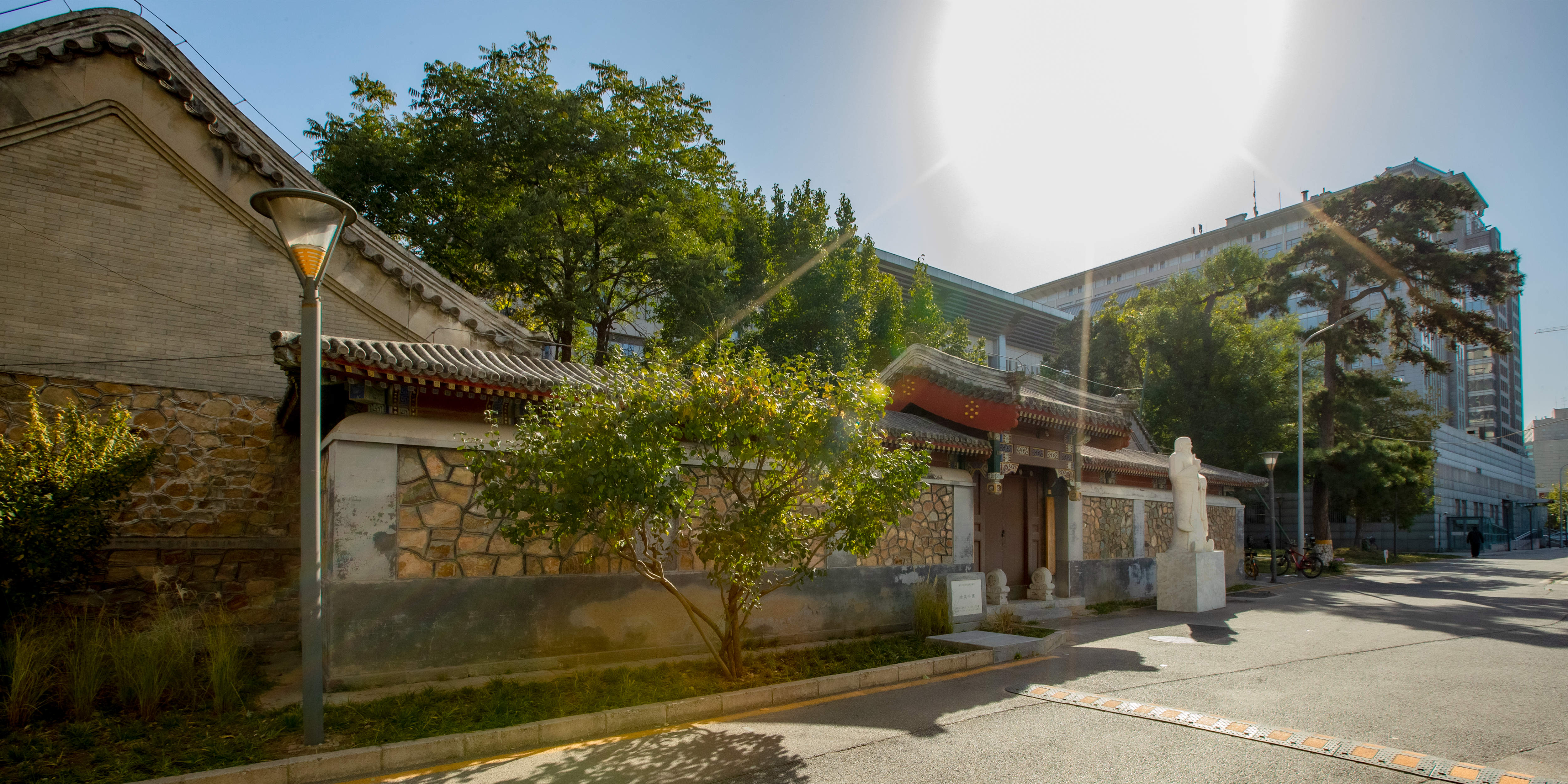Peking University, October 23, 2020: Speaking of "Nong Yuan", every PKUer knows that it refers to the Nong Yuan Dining Hall, the biggest canteen in Peking University. Since it’s located closest to most of the classrooms, it is very busy during lunch time around noon and dinner time in the afternoon.
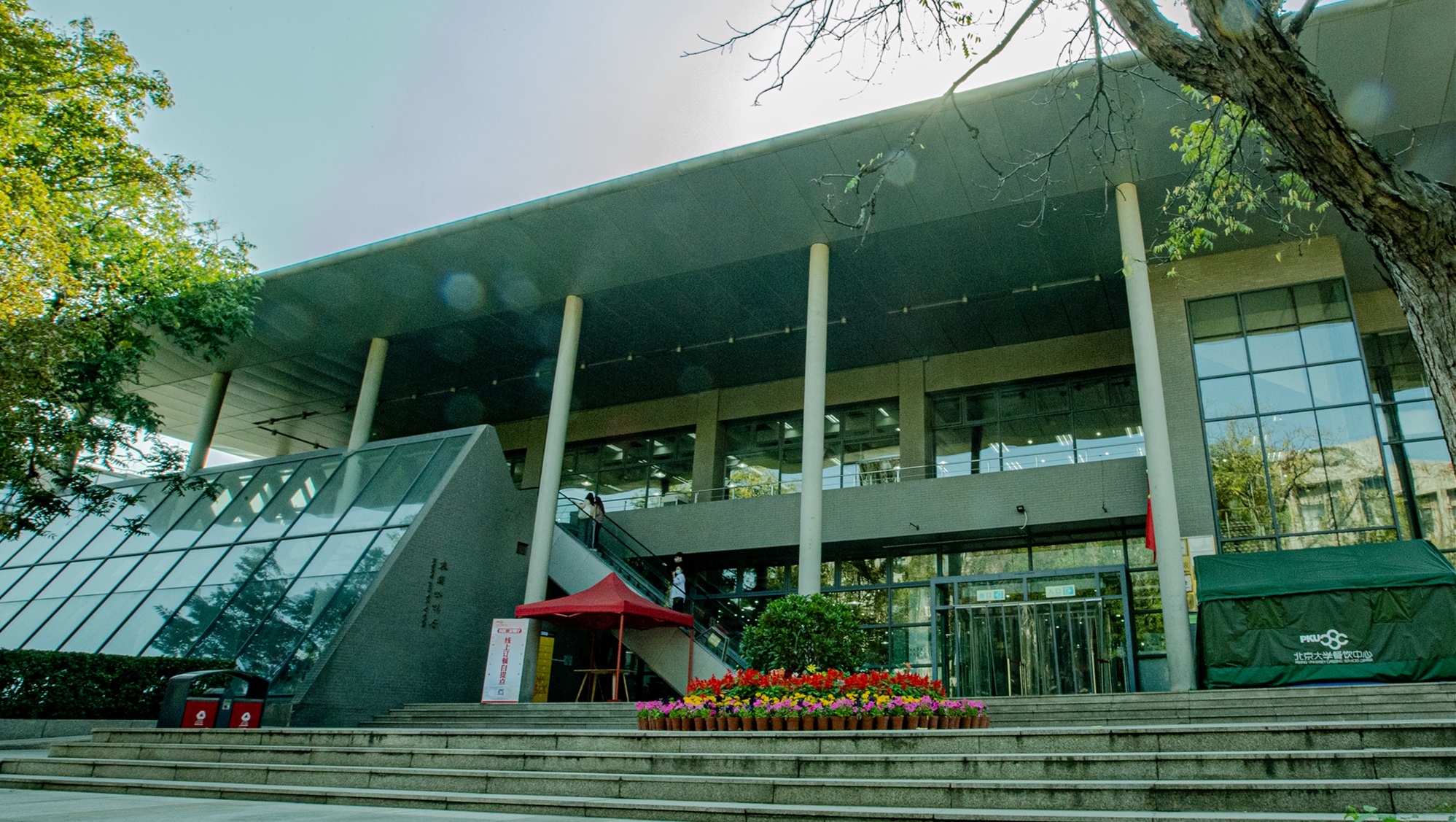
Even though there are three floors in this canteen, most students would only visit the first two floors while guests usually prefer the third floor since there are private rooms set up precisely for formal occasions. The first floor dining hall utilizes a system similar to the conveyer belt style, where you line up, grab your own dish to put on your tray and pay as you reach the end of the line. The second floor is somewhat similar to a food court, with each window displaying various food items for people to choose from. Nong Yuan offers a good array of options, from the typical Chinese: stir-fry to appetizing soup options to the crowd favorite dessert treats…The all-time-favorite dish at Nong Yuan that is loved by countless PKUers, however, has to be the “spicy hotpot” which is served on the second floor. During mealtimes, there’s usually a long line at the window, with people choosing the ingredients they’d like to add in their hotpot from a great variety of options placed in front of them, including meat, sea food, bamboo shoots, seaweed and many more. The final product usually is served with special seasoning, stir-fried, and has sesame seeds and coriander sprinkled at the top. For many PKUers, enjoying a spicy hotpot provides a great opportunity for friends to catch up with one another.
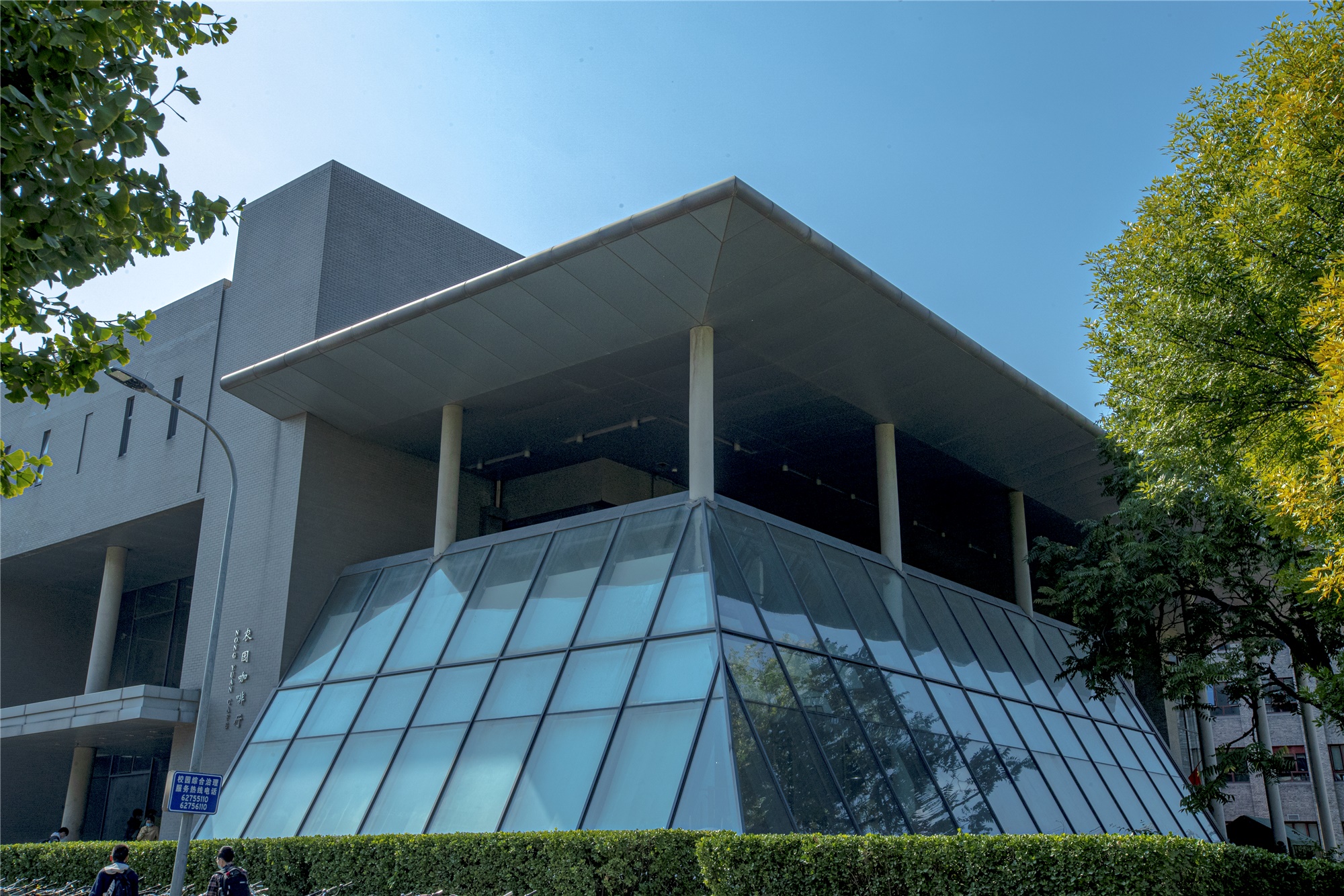
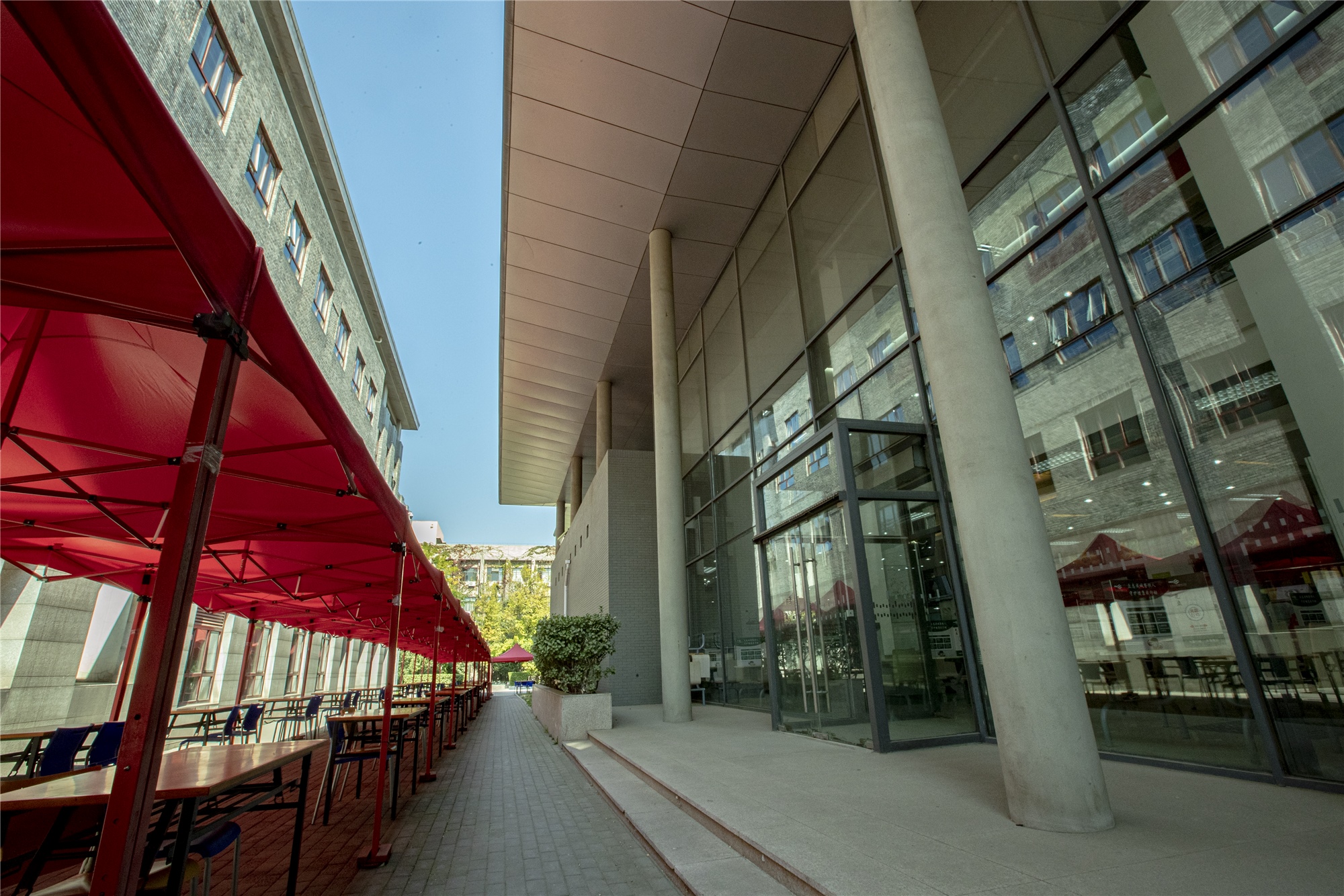
However, given how popular Nong Yuan has become, the origin of Nong Yuan is still fairly unknown to most PKUers. It wouldn’t be surprising to find out that very few people actually knew it was once a Chinese traditional garden named the “Zhibeizi Garden”.
The campus of Peking University was built on the ruins of nine Chinese traditional gardens with lengthy historical backgrounds. In feudal times, Chinese traditional gardens were built by royalty and the noble class for leisure and entertainment purposes. The gardens built by the royalty were called "royal gardens", and the ones built by general nobles were called "private gardens". Zhibeizi Garden, which used to be at the spot where Wu-si Sports Field is currently located on campus, was one of the many royal gardens built in the late Qing Dynasty (1840—1912). The original owner of the garden was Zaizhi, a royalty of the late Qing Dynasty living in 1800s. "Zhibeizi Garden" was subsequently named after him.
After the death of Zaizhi in 1880, his property was inherited by his son Pudong, the cousin of the last emperor of China. Near the collapse of the Qing Dynasty, royalties had to borrow money from numerous banks to maintain their huge living expenses and pledge their properties as collateral for loans. In 1916, Pudong was unable to repay his huge debt, so the Foreign Ministry of the Republic of China requested the Beijing police department for an immediate seizure of Zhibeizi Garden.
In 1928, the district court auctioned Zhibeizi Garden to Yenching University, which included 42.5 acres of land and 71 houses. Since then, this garden became a piece of property of Yenching University and was used as a farm due to its state of disrepair. The name “Nong Yuan”, with “Nong” meaning farm and “Yuan” meaning garden in Chinese, was thus originated.
In 1951, three years after the founding of The People's Republic of China, the Ministry of Education issued a series of polices declaring that foreigners were not allowed to run schools in China. As a private Missionary school founded in 1919 by John Leighton Stuart, an American missionary educator, Yenching University failed to escape the fate of being split up. In 1952, Peking University inherited the campus of Yenching University and carried out a large-scale reconstruction of Nong Yuan, building today’s Wu-si Sports Field, Wu-si Sports Center, Teaching Building No.3 and Nong Yuan Dining Hall.
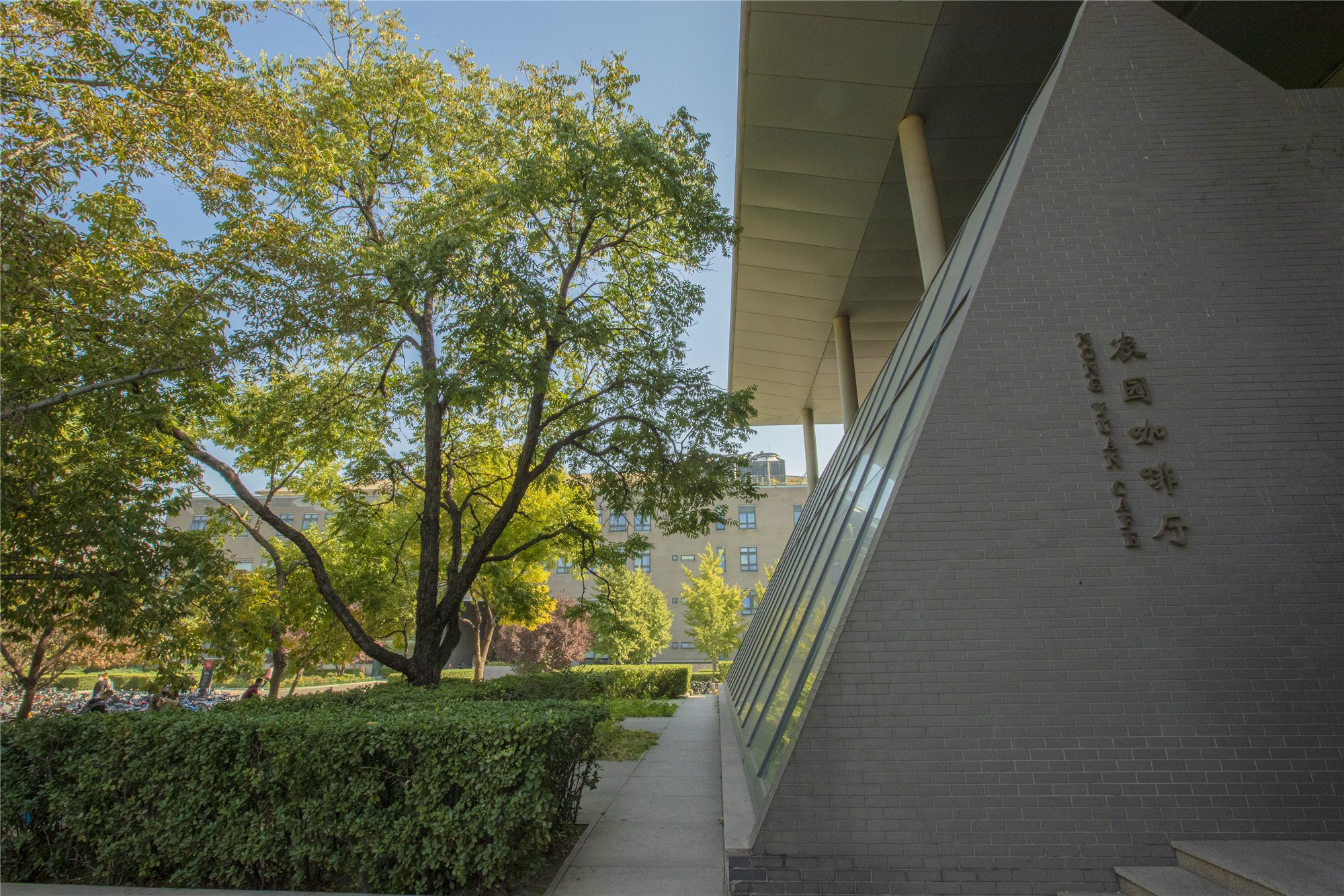
Initially, the original plan was to relocate the small courtyard to a more open space. The plan changed however, when six ancient trees outside the courtyard were discovered to be a part of the garden which lasted from the Qing Dynasty, among them one of the oldest white pine had a history of more than 100 years. In order to protect the ancient trees, the designer redesigned and moved the gymnasium eastward, so that it was closer to Metro Line 4 was used to be under construction. This increased the difficulty of the project. Due to this change, plans were scratched and remade, many underground pipelines had to be reconnected, and the budget increased immensely.
After continuous construction over the last few years, what is left of the Zhibeizi Garden today is a small courtyard at the eastwing of Teaching Building No.3, now used as the Office for the Institute of Chinese Philosophy and Culture.
If you ever choose to walk behind the Classroom Building No. 4, you will find a marble statue of Chinese philosopher Lao zi and the remnants of the Zhibeizi Garden. The Zhibeizi Garden once occupied an area of four hectares, with enough space to include 139 houses and more than 800 trees; nowadays it is merely a courtyard. The renovated courtyard still retains the architectural pattern of the traditional courtyard heading from South to North and follows the unadorned yet elegant style of traditional Chinese buildings.
Written by: Shou Wentian
Edited by: Zhang Jiang, Rose Li
Photo Credit to: Xu Haolun



